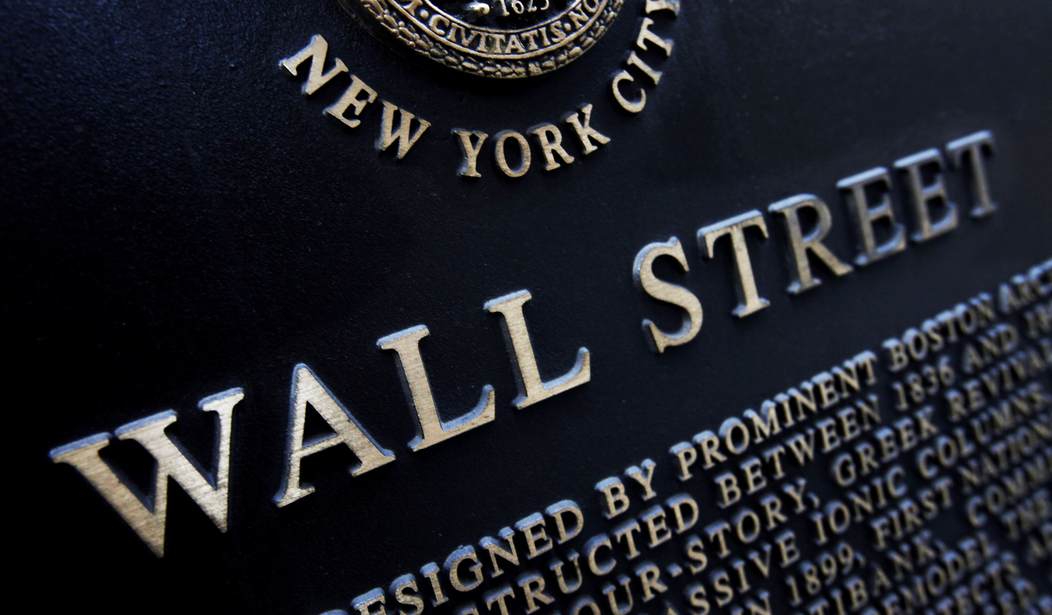WASHINGTON - The Trump economy was soaring at a much higher altitude this year until it ran into unexpected turbulence that sent the stock market into a nose dive.
The Dow Jones Industrial Average had cruised to an all time high of 26,616 points on Jan. 26, only to run into a line of stormy weather that plunged the mighty Dow into the 23,000 plus range.
Economic pundits politely called it a “correction” when an over eager market is racked by doubts about how long this bull market can last or whether a global economy will end up in a trade war over President Trump’s tariffs.
By last week, the Dow had fallen to 23,533 points, as the financial experts were still scratching their heads and trying to figure out what caused the market to plunge as fast and as far as it did.
As near as anyone can tell, the sell-off was a frenetic combination of factors that can be described as a crisis of confidence.
Chief among them was President Trump’s decision to slap very high tariff taxes on steel and aluminum imports that businesses and economists alike said would hurt our economy by raising consumer prices, forcing our trading partners to erect tariffs on their imports, leading to a no win trade war.
Another factor undermining consumer confidence was the Trump government’s fiscal situation, namely a growing budget deficit that will reach a record $870 billion this year, and approach $1 trillion in two years.
That forecast comes from five veteran budget experts out at the Hoover Institution, a conservative think tank at Stanford University.
“Unless Congress acts to reduce federal budget deficits, the outstanding public debt will reach $20 trillion a scant five years from now, up from its current level of $15 trillion,” they wrote Wednesday in the Washington Post.
Recommended
“That amounts to almost a quarter of a million dollars for a family of four, more than twice the median household wealth,” they said. “This string of perpetually rising trillion-dollar-plus deficits is unprecedented in U.S. history.”
Coincidentally, while all of this was being trumpeted in newspapers and broadcasts, America’s closely watched consumer confidence index began slipping, after hitting an 18-year high in February.
According to the Conference Board, a business group, the index declined to 127.7 in March, down from 130 in February. Consumers said they were less optimistic about declining business conditions as well as their expectations for the stock market.
But on the brighter side, the Commerce Department announced Wednesday that the nation’s gross domestic product (GDP), the broadest measure of the economy’s economic growth rate, grew at a revised 2.9 percent annualized rate in the fourth quarter last year.
That was very good news for the Trump administration which has forecast that its tax cuts will eventually boost the nation’s economic growth rate into the 3 percent range or higher that will increase tax revenues and reduce the budget deficit.
Commerce economists said consumer spending also rose over this same period by 4 percent. These are much better numbers than the sub-par 2 percent GDP rates achieved throughout most of President Obama’s eight years in office.
The Congressional Budget Office arrives at its swollen budget deficits by assuming a very anemic 1.9 percent economic growth rate over the next 10 years — a figure that the White House and Republican lawmakers believe is far too low.
If the growth comes in “a little higher…over the next 10 years… then you will see some deficit reduction,” Ohio Sen. Rob Portman told reporters Wednesday. “It would instead lead to being able to pay down the debt.”
This doesn’t mean that we have to rely just on growth to reduce the debt. There are plenty of places where we can shrink the deficit, simply by eliminating or cutting back wasteful, needless, outdated, ineffective, special interest, fraud ridden programs, agencies and, yes, departments.
It is sad to say, but the Republicans have made very little effort to aggressively tackle this problem.
There should be a search-and-destroy committee in the House and Senate whose job it is to zero in on programs and agencies and report their findings each year, along with legislation to terminate them.
I’ll be writing about where we can cut the federal budget in future columns, and save millions, even billions of tax dollars. Stay tuned.
























Join the conversation as a VIP Member